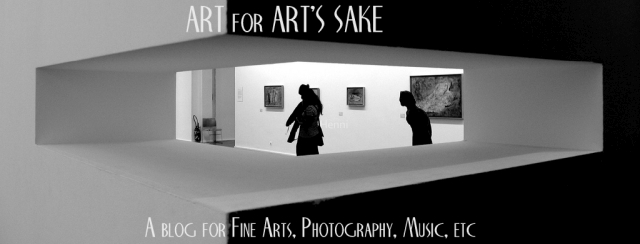Movie posters need to be immediately appealing to lure the potential customer into the cinema. Some though go way beyond appealing and are really artistic. I will share some of my favourites in this blog, aiming for a grouping of twelve around a certain theme. We kick off with the theme 'Asia' (also because the Lunar New Year is just a few days away) - the movie posters are listed in chronological order. The image above is made via Photofunia and is free from copyright restrictions.
We kick of with Josef von Sternberg's classic movie Shanghai Express, starring Marlene Dietrich and Anna May Wong. The poster is a beautiful example of late Art Deco with even a hint of cubism in Marlene's hair.
My
own lady from Shanghai is of course the main reason why movie posters related to Shanghai are interesting to me. That said, this Orson Welles movie, starring himself, Rita Hayworth and Everett Sloane, comes with a great stylish poster, especially in the
French version.
This Michael Cimino war drama about the war in Vietnam is truly a classic movie - one of the best I have ever seen. An amazing performance by the cast, including Robert de Niro, Christopher Walken, and John Savage . A classic
poster as well, zooming in on one of the most poignant scenes of the
movie, in a tricolor version that is quite effective.
This
Nagisa Oshima movie is one of the most impressive world war two movies I
have ever seen, helped of course by the fabulous music, including one of
my all-time favourite songs, Forbidden colours by David Sylvian.
The lead role of a British officer imprisoned in Japanese occupied Singapore is played astonishingly well by David Bowie. The poster
is worthwhile as well, in its almost cartoon like minimalism.
This Isao Takahata movie (original title Hotaru no haka) is the only animated movie included in this post. I came across this beautiful poster in the IMDB top 250 list, where it is at a highly respectable 41st place.
Several years ago we picked up this DVD from the local library, a Vietnamese Tran Anh Hung drama, starring Tran Nu Yên-Khê, Man San Lu, and Thi Loc Truong. I did not watch it, but I fell in love with the poster. Exoticism at its most
beautiful.
This 1998 François Girard drama film star Samuel L. Jackson, Carlo Cecchi and Sylvia Chang. It spans four centuries and five countries as it tells the story of a mysterious red-coloured violin and its many owners. And one of those countries is China, late sixties' Shanghai.The excellent soundtrack is by contemporary classical
composer John Corigliano, and the corresponding movie poster really
appealed to me. Great weathered look, and though a tad crowded, the
overall effect is very pleasing. Plus the Man Ray reference obviously
resonates well.
In the Mood for Love (2000)
One of the favourite movies of my wife, this 2000 romantic Wong Kar-wai drama set in Hong Kong, and starring Tony Leung and Maggie Cheung, with a beautiful soundtrack. Wonderfully atmospheric poster as well.
This 2005 Rob
Marshall American epic period drama film about a young girl being forced to become a geisha is one of the most intriguing ones I've seen - only the ending was 'too Hollywood' for my taste. It starred Zhang Ziyi, Ken Watanabe, and Michelle Yeoh.The poster is very attractive as well - it reminds me a bit of the art by Partick Nagel.
The John Curran drama starring Edward Norton, Naomi Watts, and Toby Jones, tells the story of a mismatched British couple ending up in the Chinese countryside. The poster, gorgeous as it is, is deceptively romantic - there is a
lot more to the story, based on a Somerset Maugham novel. The settings
in Guangxi (Guilin - we have been there) are stunning and Naomi Watts is
simply magnificent in the lead role.
It may not have gotten the best reviews, but I would love to see this
Wayne Wang movie starring Gianna Jun, Li Bingbing, and Vivian Wu. It is based on Lisa See's novel of the same name,
which I liked very much (as usual for this author). The poster is great
as well, with a visual play on the secret theme in the way she holds
the fan in front of her lips.
This Indian horror movie by Karan Darra stood out in an overview of the
best movie posters of the year 2015. A slight echo of the famous Silence
of the lambs poster, but still very original and highly effective in
its use of selective colouring.
Copyright statement: posting lower quality movie posters is deemed fair use.





















































